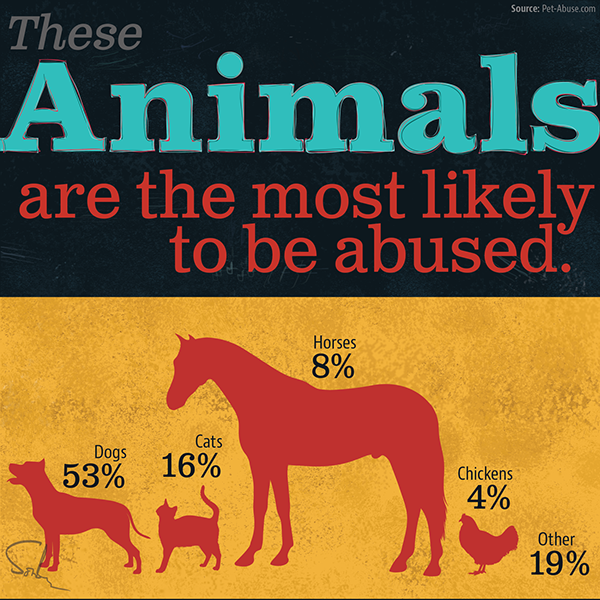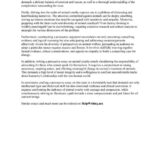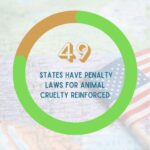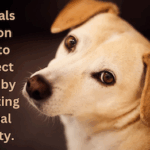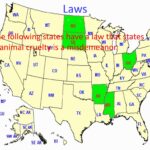In the interwoven tapestry of social justice, threads of compassion and empathy are essential in revealing how animal cruelty emerges as a profound social justice issue. It defies simplistic categorizations, venturing into the realms of ethics, equality, and moral responsibility. To understand the nexus between animal rights and broader social equity, one must explore this complex landscape where human injustices intersect with the rampant exploitation of non-human entities.
At its core, animal cruelty is emblematic of a society’s values—or, perhaps, its deficits. The treatment of animals reflects our collective conscience and, in many cases, our failures. Like a canary in the coal mine, animals endure the repercussions of our societal decisions, illuminating the underlying injustices that pervade our interactions with the environment and with each other. This metaphorical canary reminds us that the suffering of animals often parallels the struggles of marginalized human populations. To truly engage with the issue of animal cruelty is to confront a myriad of social injustices—discrimination, inequality, and apathy.
Animal cruelty can be categorized in various forms, encompassing deliberate acts of violence, neglect, and systemic exploitation. Factory farming, for instance, is a paradigm of animal cruelty woven into the fabric of consumer culture. Here, sentient beings are reduced to mere commodities, stripped of their inherent dignity and subjected to insufferable conditions. This system not only lacks empathy but also perpetuates cycles of abuse that extend beyond the barnyard—reflecting broader issues of classism and environmental degradation.
The pervasive nature of this cruelty illustrates a disquieting truth: where discrimination exists against certain human groups, similar systems of oppression invariably manifest against animals. Just as racial and economic disparities create a hierarchy of suffering among humans, so too do they rank the worth of living beings within our ecosystems. The commodification of animals in sectors such as agriculture—regardless of their sentience—signals a society that often prioritizes profit over welfare, mirroring the ways in which marginalized communities are rendered voiceless and powerless.
Moreover, the psychological ramifications of animal cruelty have far-reaching implications. Research has shown that individuals who exhibit cruelty towards animals may also be predisposed to violent behaviors against people. This pernicious cycle suggests that the desensitization towards the suffering of animals can exacerbate overall societal violence, creating a culture where empathy is scarce. In many respects, this desensitization is a symptom of an ailing society—one that has forgotten the inherent value of connection. Just as the disenfranchised in human society experience alienation, so do animals in the hands of those who view them merely as tools for economic gain.
In recognizing animal cruelty as a social justice issue, we must also confront the systemic barriers that prevent a more humane treatment of animals. Legislation, cultural attitudes, and economic incentives often align to hinder progress. For instance, laws designed to protect animals can be ineffectual or poorly enforced, while societal norms that devalue animal life often perpetuate cruelty disguised as tradition or necessity. An egalitarian approach demands that all beings—human or non-human—have agency and rights. This principle calms the tempestuous waters of fear and ignorance, fostering a more inclusive moral framework.
To navigate the complexities of rights, one must adopt an intersectional approach. This lens allows us to understand how various forms of oppression intersect, influencing the treatment of both people and animals. Movements advocating for social justice and animal rights must—of necessity—collaborate to dismantle these entrenched systems. Organizations championing human rights must incorporate animal welfare into their missions, not as an ancillary concern, but as a core component of their social justice framework. Such collaboration broadens the palette of activism, painting a more comprehensive picture of what justice truly entails.
The climate crisis serves as another powerful illustration of the intertwined fates of humans and animals. Environmental degradation, often driven by relentless corporate expansion and exploitation, disproportionately impacts vulnerable communities and habitats alike. As animal habitats are destroyed, the spectrum of biodiversity diminishes, leading to ecological imbalance that can have dire consequences for human populations reliant on those ecosystems for sustenance. In many cases, the degradation of animal habitats is inextricably linked to the oppression of indigenous peoples, who are often the first to experience the ravages of climate change and habitat destruction.
Addressing animal cruelty as part of a broader justice agenda offers a unique pathway to fostering a humane society. The cultivation of empathy and an understanding of interconnectedness can galvanize collective action. This perspective encourages empathetic environmental stewardship, urging individuals and communities alike to foster kindness toward all living beings. As we cultivate this narrative, we begin to see justice not merely as a concept, but as a shared journey—a profound quest for equality and respect.
Ultimately, the fight against animal cruelty is an invitation to reconstruct our moral lexicon. By embracing the essence of social justice as it pertains to all sentient beings, we highlight our mutual responsibility to protect those who cannot speak for themselves. In doing so, we redefine our cultural narratives, transforming the discourse around justice into one that is inclusive and holistic—offering a shared vision for a future where empathy prevails over apathy, where all beings are recognized for their inherent value in the grand tapestry of life.
